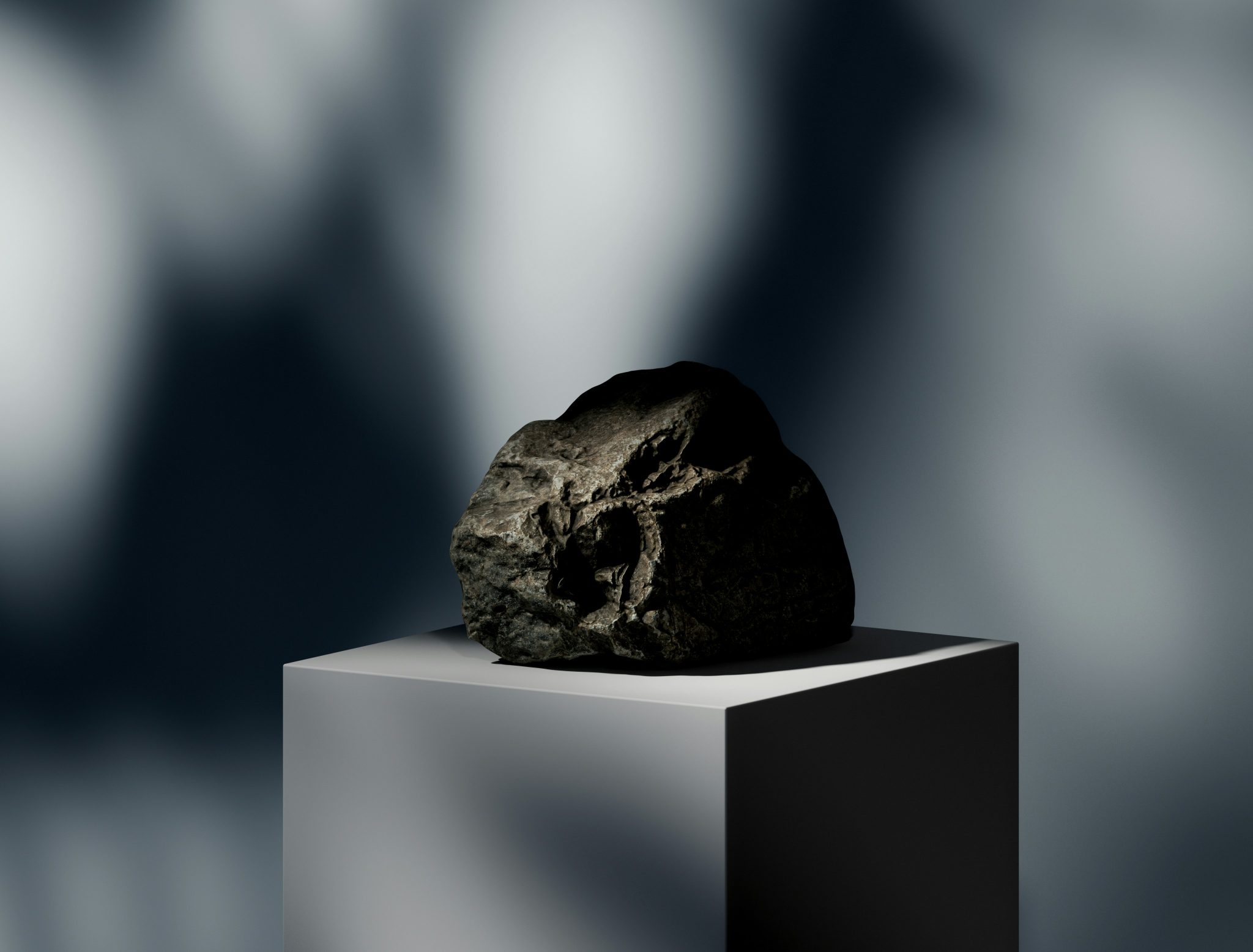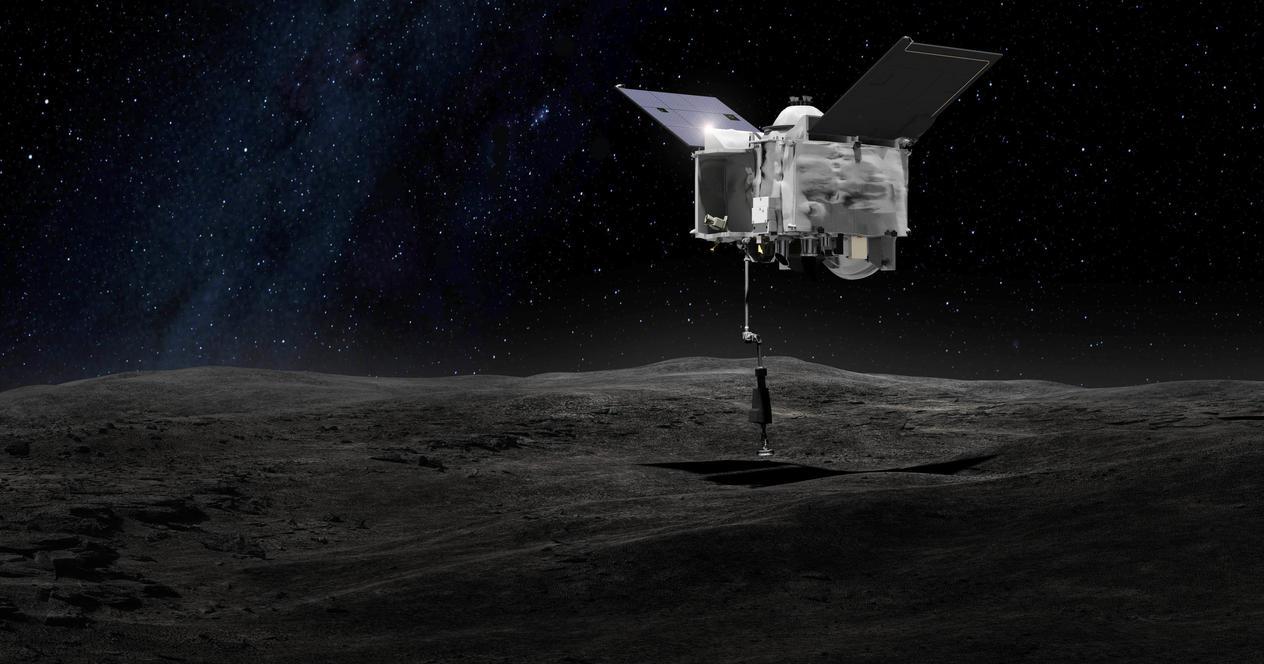Scientists’ collections of meteorites on Earth have proven incomplete. For a long time scientists could not understand why exactly there is no separate category of meteorites. Recently, astronomers have finally realized why exactly. A study published in Nature Astronomy proves: carbonaceous asteroids, which hold the clues to the mystery of the origin of life, almost always burn up in the atmosphere before they even reach the surface of our planet. The Sun and the Earth’s atmosphere are responsible for this, acting as a ruthless cosmic filter.

Why are carbon meteorites so rare?
Although carbonaceous asteroids are common in the solar system, they make up only 4% of all meteorites found on Earth. A team of scientists from Australia and France analyzed data from 8,000 recorded falls and 540 potential meteorites from 19 observatories around the world to unravel this dilemma. It turned out that the fragile carbon rocks simply couldn’t withstand traveling through Earth’s dense atmosphere.

“Weak fragments disintegrate even before entering the atmosphere – they are destroyed by repeated heating during their approach to the Sun,” explains Adrien Devillepoix of the Curtin Institute for Radio Astronomy. Others disappear, burning in the atmosphere. In the end, only fragments remain – strong but less valuable carbon-poor samples.
Lost treasures for science
Carbon meteorites are time capsules from the early stages of the solar system. They contain water, organic compounds and even amino acids – the building blocks of life. “If such samples are insufficient, our understanding of cosmic chemistry becomes incomplete,” notes Patrick Shober of the Paris Observatory.

However, mankind has learned to get valuable carbon samples: missions Hayabusa2 and NASA OSIRIS-REx have already delivered to Earth samples from the asteroids Ryugu and Bennu. These materials, undamaged by solar radiation or the atmosphere, offer a unique chance to study the true carbon composition of the cosmos.
Invisible enemy
The study also shows that asteroids that fly too close to planets are more likely to break up into fragments. Such debris, especially fragile debris, almost never reaches the Earth’s surface. This means that astronomers need to look for alternative methods to study carbon rocks – for example, analyzing dust or collecting samples directly in space.
So to get the full picture, we need missions like Hayabusa2 or NASA’s OSIRIS-REx. This work not only explains past controversies, but also points the way to new discoveries – ones that may reveal the mysteries of the birth of life on Earth.
Read also about what you need to know about meteorites.
According to edu.au


